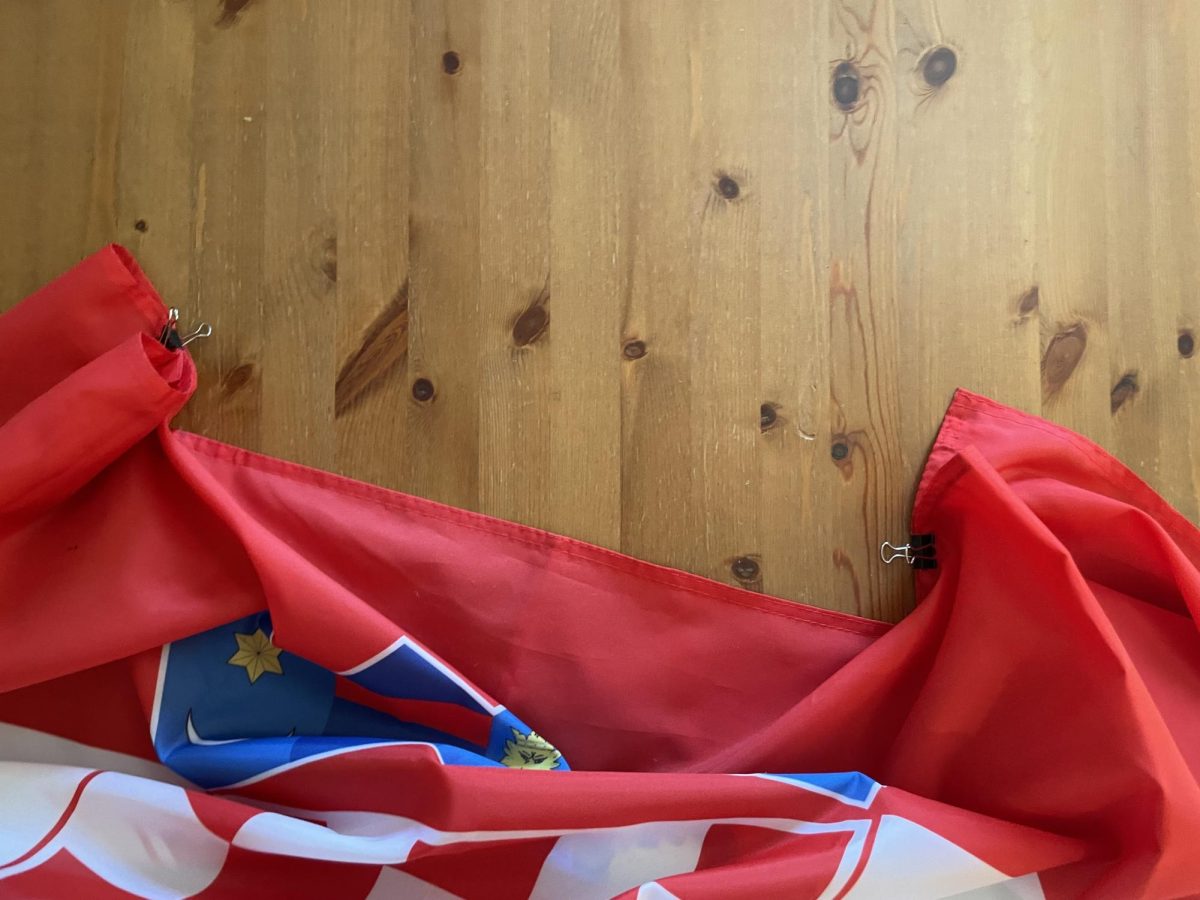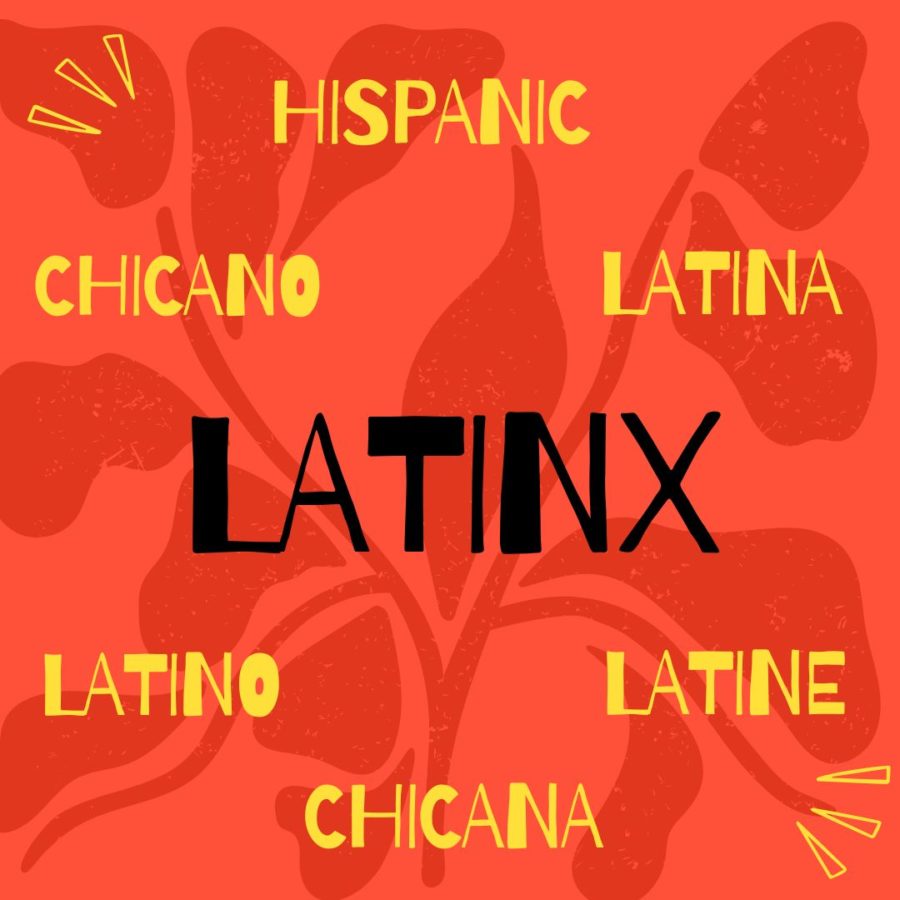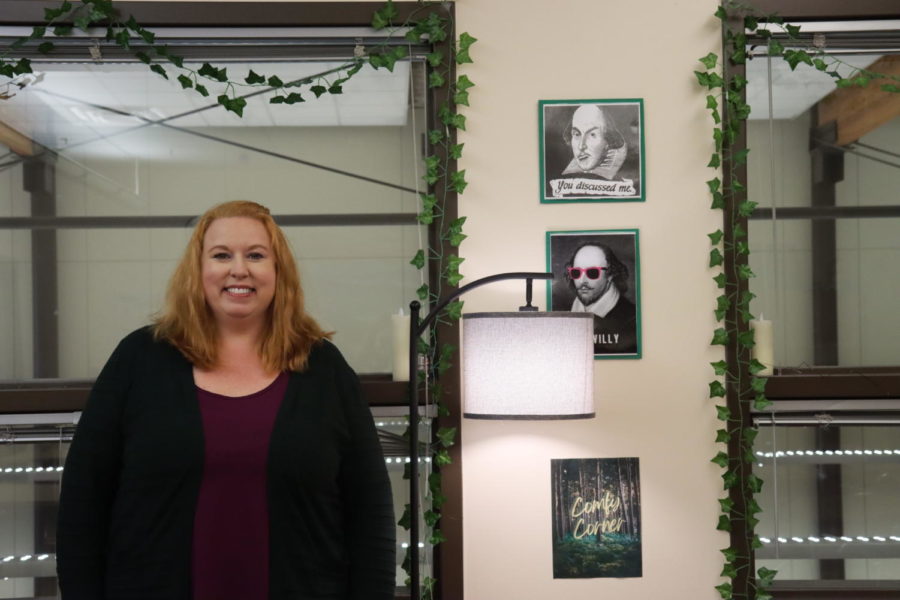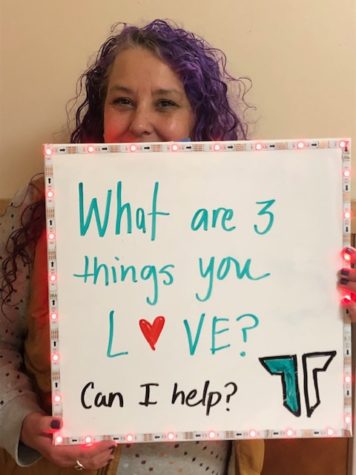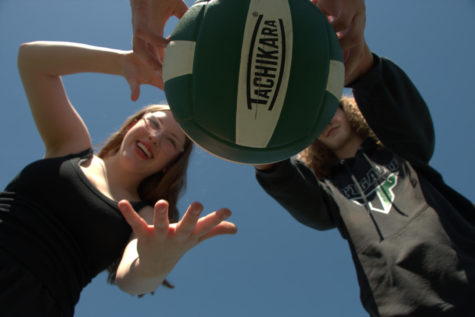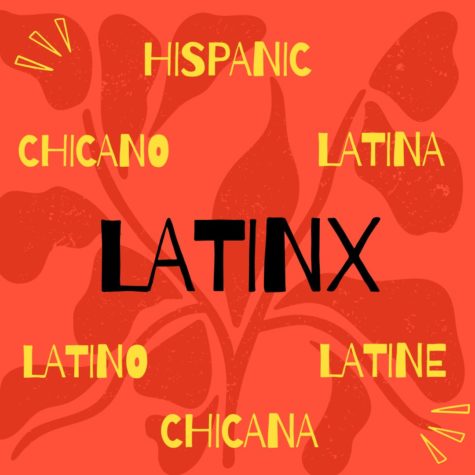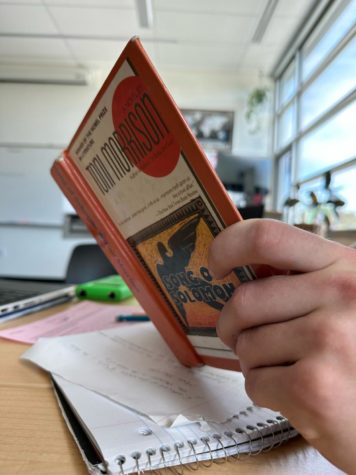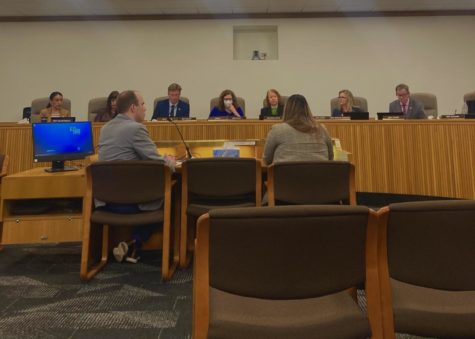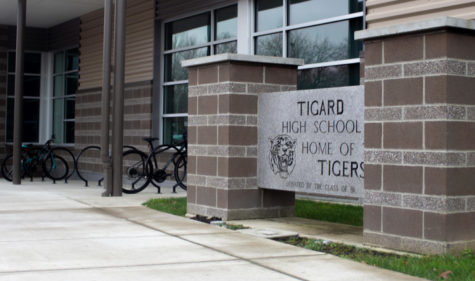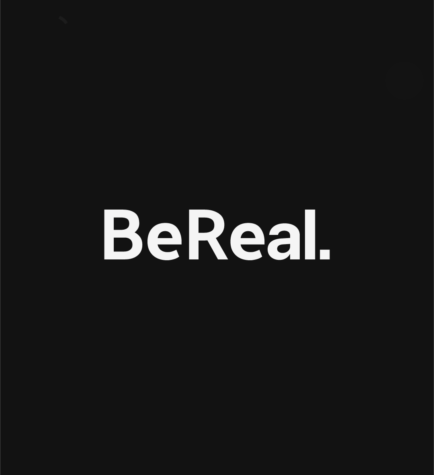Electronic music in depth
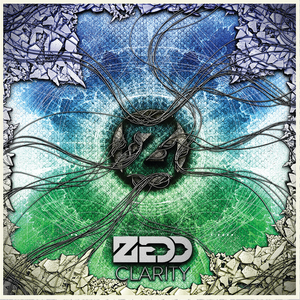
November 16, 2016
When you think of electronic music, your mind might instantly jump to Skrillex and imagine all electronic music sounding like his or that all electronic music sounds like dubstep, and that’s all there is to it. That’s simply not the truth, as electronic music is a genre full of many different interests sounds, and may possibly be one of the most diverse genres out there. The term “electronic” encompasses such a wide variety of music, it’s more than necessary to narrow it down a little more. If you are curious, I encourage you to try an artist from each category.
Dubstep
Let’s start off simple, shall we? Like I said before, this is your “traditional” electronic music. This music consists mainly of a crescendo of the music until the hard hitting drop of the bass. The drop being a major change in the music and where the tempo usually becomes faster. The typical BPM is between 138 and 142. This is the one of the most popular electronic music: the music that you may hear DI’s play or what would be blasted at a party.
Notable Artists:
Skrillex, Knife Party, Nero, Zedd, Flux Pavilion
Chillstep
Basically, think of dubstep, but in a more relaxed and slow fashion. The music will never be that chaotic or have large drops of the bass, so it’s more contained than dubstep. Sometimes, there will be some beautiful and peaceful vocals to accompany the music. Its typical BPM is around 120 to 140, but tends to go towards the low end of the spectrum.
Notable Artists:
Pretty Lights, Mt. Eden, Mr FijiWiji, XXYYXX, Fakear
Trap
This genre is one of the most popular ones, and a lot of pop music now has some trap elements in it. This music will usually have hip or rap kinds of sounds or vocals with it, making it sound more “hardcore” than other electronic music. The BPM ranges from 70 to 110.
Notable Artists:
DJ Snake, Jack U, Diplo, Vanic, Alex Young
Drum and Bass
The title is pretty self explanatory: this music has a strong emphasis on the drum and bass. The beats tend to be faster, with the BPM ranging from 150 to 180. This music was shaped through raves and different electronic music during the 1990’s in England.
Notable Artists:
Pendulum, Netsky, Feint, Noisia, Chase & Status
Drumstep
Yet another one where the genre description is in the title. In these tracks, you will clearly hear the steady drum beat throughout. This music also combines the structures of drum and bass with dubstep, so the drop in the beat may be heard more clearly. The BPM range is from 160 to 180.
Notable Artists:
Pegboard Nerds, Tut Tut Child, MitiS, Noisestorm, Savant
House
Ever since around the 80’s, this music is the standard for what is played in clubs or by DJ’s. The music includes a repetitive rhythm, and is more electronic sounding than most of the other genres. There is a focus on the bass in this music too. Often, there will be emotional vocals to accompany the music. Pop music has been influenced from this genre, so that should give you a good idea of what the music sounds like. The BPM is around 128.
Notable Artists:
David Guetta, Avicii, Daft Punk, Kaskade, Swedish House Mafia
Glitch Hop
One of the lesser known genres, but interesting nonetheless. The focus with this music is purposely making a noise that sounds like a glitch in the track, but builds upon it in a way that makes the track sound good. There are a wide range of different sounds and a lot of experimentation in this genre, as the music doesn’t follow any specific rules. The BPM will usually be 110.
Notable Artists:
The Glitch Mob, Vibesquad, Thriftworks, KOAN sound, edlT
Trance
This genre is very repetitive sounding and minimalistic, but it tends to have an uplifting tempo. This music is perfect for relaxing or for putting on the background. If it does have vocals, then the vocals will be minimal or repetitive too. The BPM can be anywhere from 125 to 150.
Notable Artists:
Cryostatis, Energy 52, Markus Schulz, Paul van Dyk, Armin van Buuren
Indietronica
Although you have probably never heard of this genre, you may have heard at least one song underneath this genre if you’ve explored the alternative or indie music scene. The track will be produced by an independent artist and include your usual instruments like a guitar or drums, but have some electronic elements mixed in it. As the indie genre continues to expand, the wider variety of sounds are made, many with the help of the use of a computer generated electronic sound. This is an example of how electronic music has grown more popular and recognized over the years.
Notable Artists:
MGMT, M83, M.I.A, The Postal Service, LCD Soundsystem
Vaporwave
This is one of the more obscure genres, but one I decided to include because it’s one of my personal favorites. This genre tends to lead more towards ambient sounds that will draw you into a landscape that the music paints, and let you drift within the music. There are a lot of variety in the works of music that will be played. Some of the music tends to be more art than your traditional kind of music.
Notable Artists:
2814, Blank Banshee, Macintosh Plus, Saint Pepsi, Hong Kong Express
As you can clearly see, there are many interesting genres of music labeled under the broad term “electronic”. Even each genre that I’ve listed above has their own sub genres, so there is truly a variety of music that you can find if you are willing to listen with an open mind.


